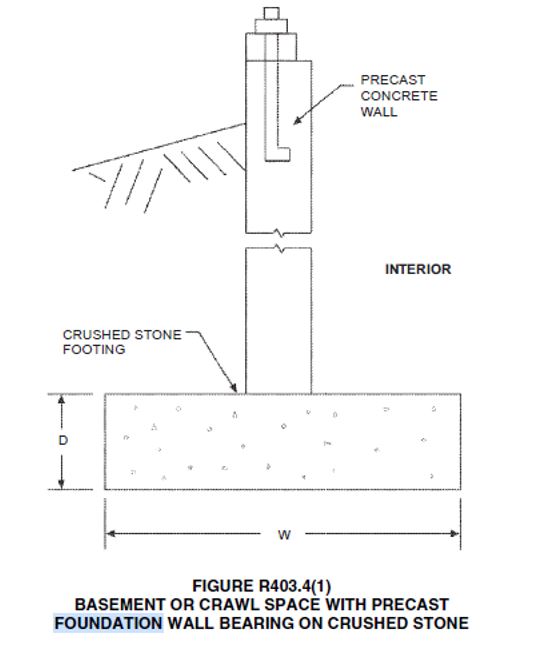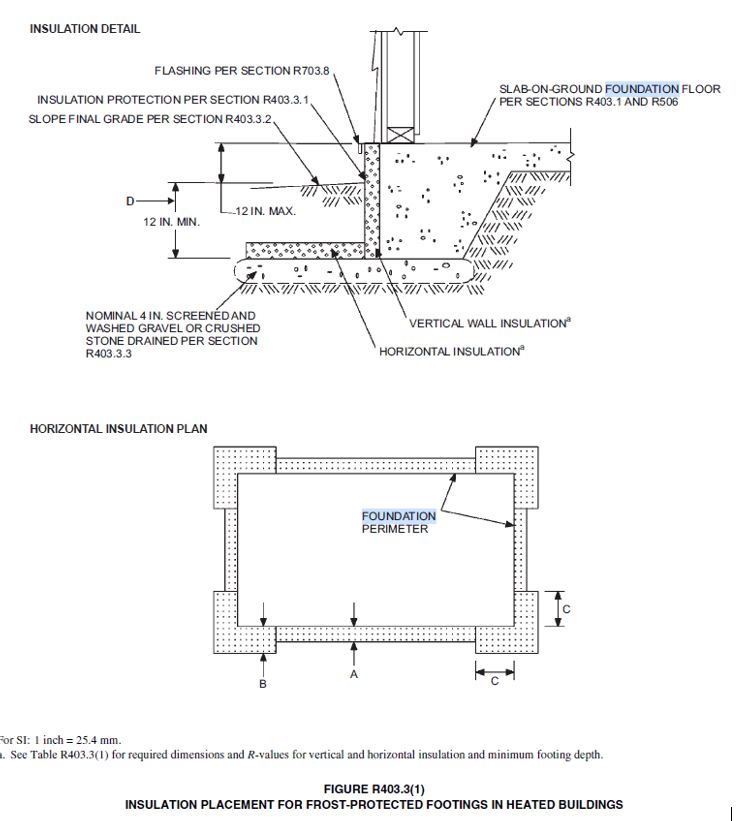
International Residential Code: Understanding the Importance of Foundation Performance (Part 1)
A strong foundation is a crucial part of any building, since it serves as the primary structural base, supporting the entire weight of the building and distributing it evenly across the ground. The foundation prevents the house from sinking or shifting due to soil movement, thus ensuring stability and protecting against potential structural damage.
A strong foundation is a crucial part of any building, since it serves as the primary structural base, supporting the entire weight of the building and distributing it evenly across the ground. The foundation prevents the house from sinking or shifting due to soil movement, thus ensuring stability and protecting against potential structural damage.
A foundation system consists of two interdependent components: the foundation structure itself and the supporting soil.
It is important to note that in order to fulfill its role in the complete load path, the foundation must support the required design loads and transmit these to the soil.
There are several other factors that can affect foundation performance such as controlling surface water and subsurface drainage, requiring soil tests where conditions warrant and evaluating proximity to slopes and minimum footing depth requirements.
Foundation Performance
Along with the proper support for a structure through the foundation system, adequate preparation of the building site is necessary to keep water drainage away from the supporting foundations. Proper site drainage is an important element in preventing wet basements, damp crawl spaces and possible failure of a foundation system.
One of the most important considerations is the arrangement of structures on a building site in a manner that retains natural drainage patterns and minimizes the alteration or disturbance to existing grades. By doing so, there will be a reduction of ground surface stabilization problems and opportunities for differential settlement through the reduction in the use of fills. See figures 1 and 2.


Drainage patterns should result in adequate slopes to approved drainage devices that are capable of carrying concentrated runoff. In some cases, control of concentrated roof runoff by gutters and downspouts may be needed, and if gutters and downspouts are used, provisions should be made to discharge runoff in order to prevent soil erosion.
Provisions in the International Residential Code
The International Code Council’s International Residential Code® (IRC) provides the requirements for the design and construction of foundation systems for buildings regulated by the code. It is important to note that provisions for seismic load, flood load and frost protection are also provided.
This code provides prescriptive requirements for constructing footings and walls for foundations of wood, masonry, concrete and precast concrete, and the foundation’s ability to support the required design loads.
The IRC provides the details necessary for designing, building and inspecting the most common foundation systems in homes. All foundations must be evaluated to determine the type of soil and the drainage pattern.
The Code outlines the minimum standards for concrete and masonry footings, as well as footing for wood and precast concrete foundations. It also sets regulations for foundation walls made of concrete, masonry, wood, insulating concrete forms and precast concrete.
Drainage is essential to a foundation’s survival. The IRC provides guidance to maintain the drainage of water away from foundations. The requirements for waterproofing and damp proofing are also provided to protect below-grade habitable spaces from moisture.
In Part 2 of this series, the Building Safety Journal will cover the detailed provisions of the IRC for strong foundations. To subscribe to the BSJW, click here.






